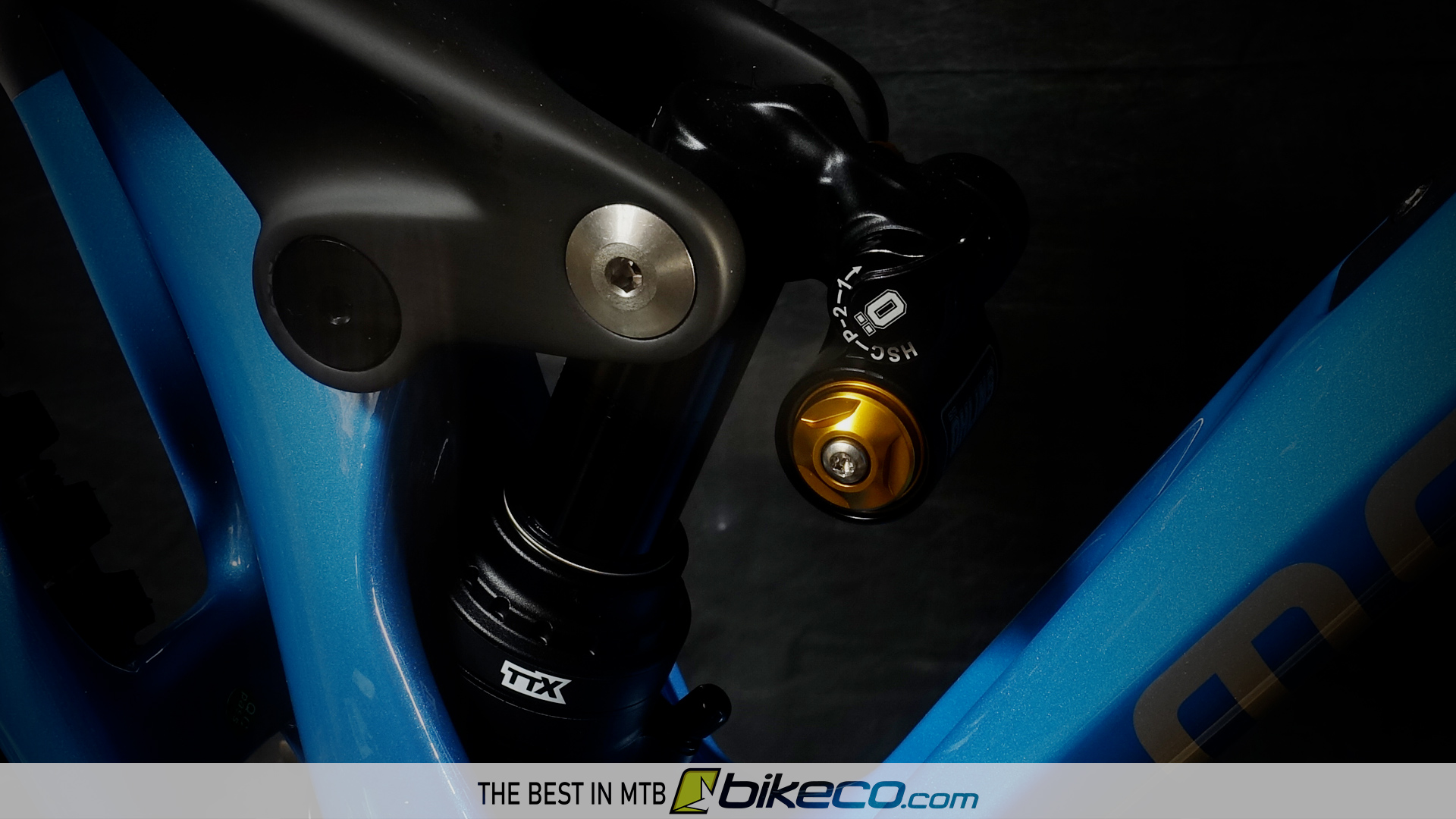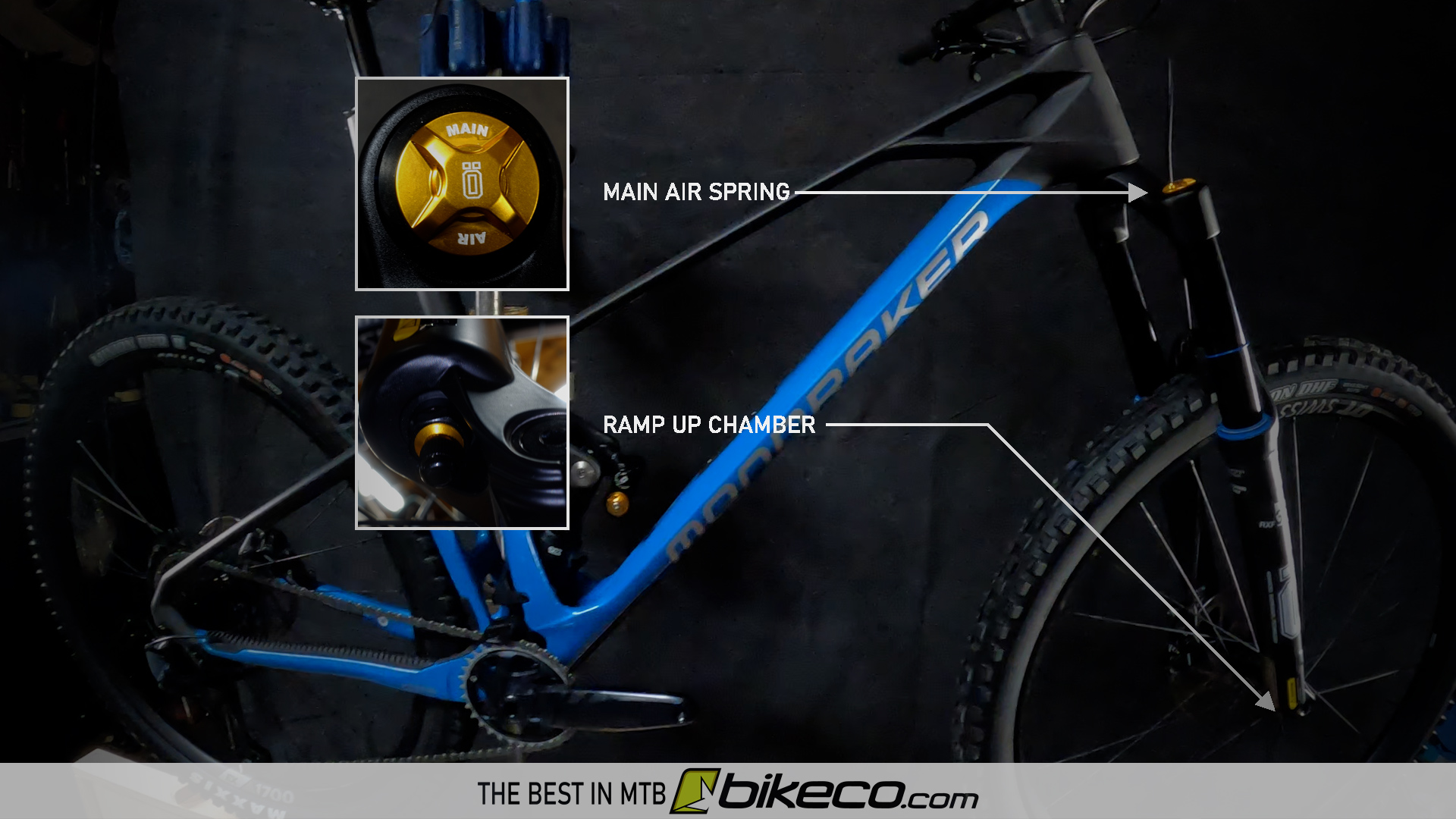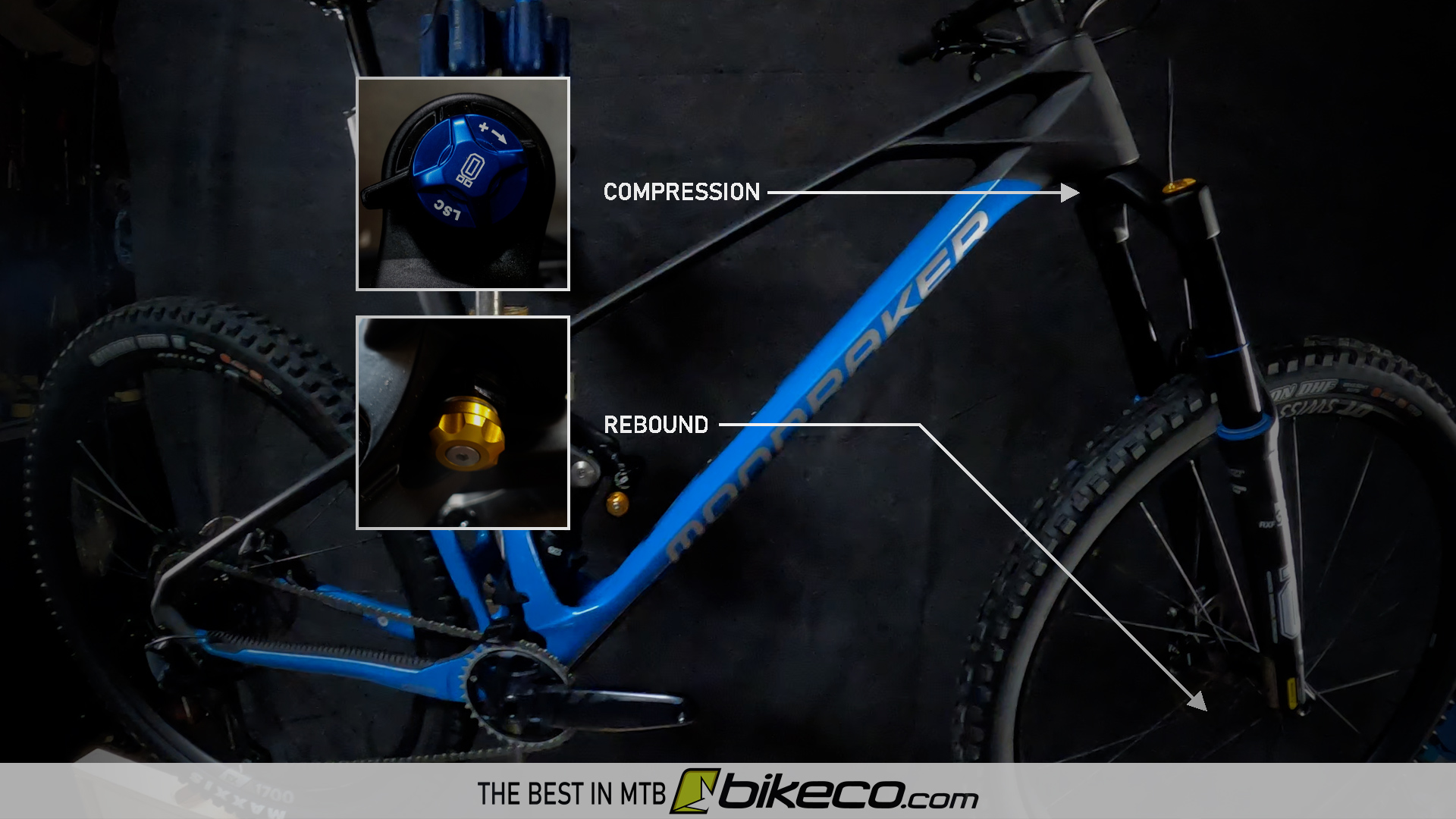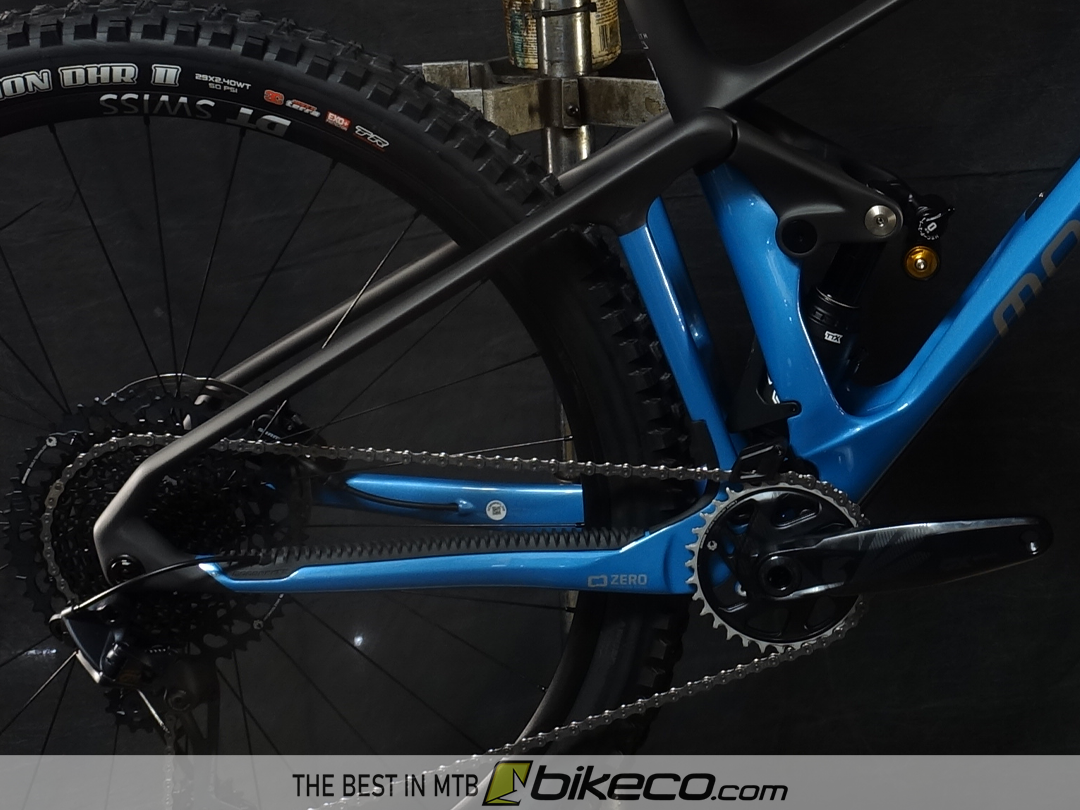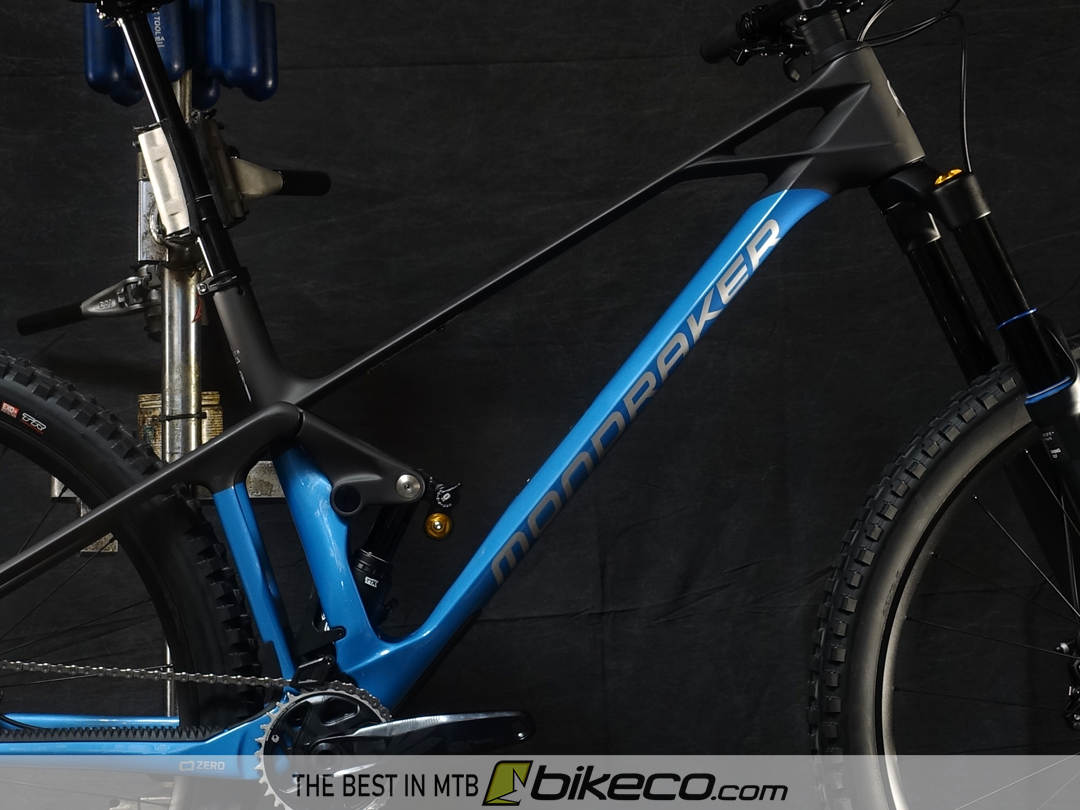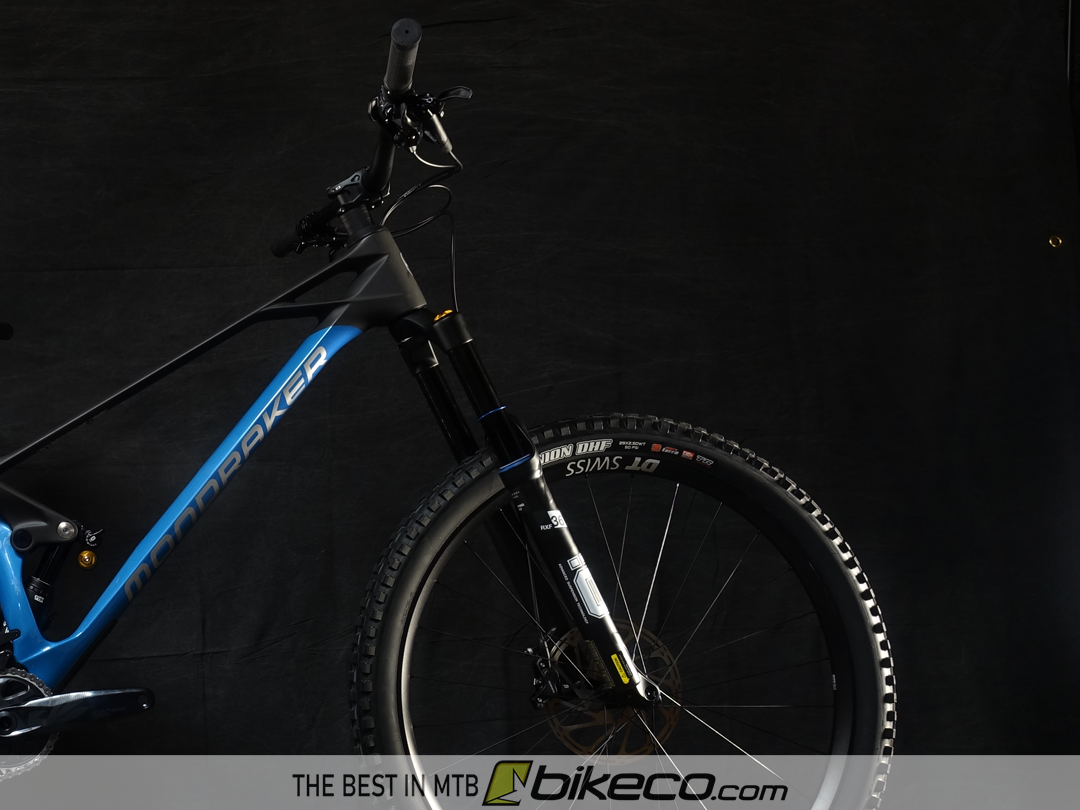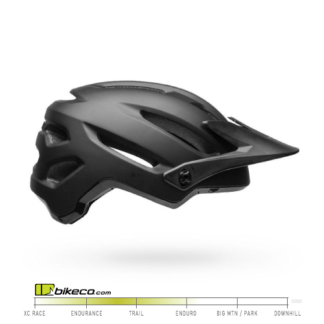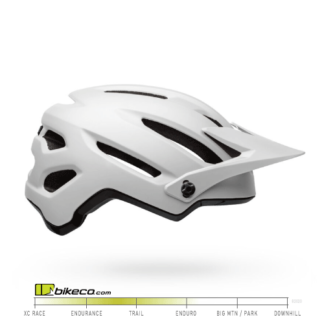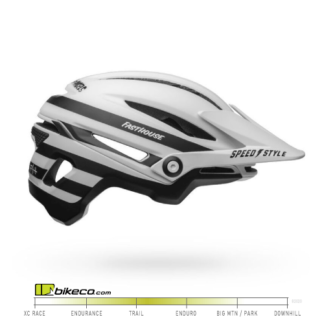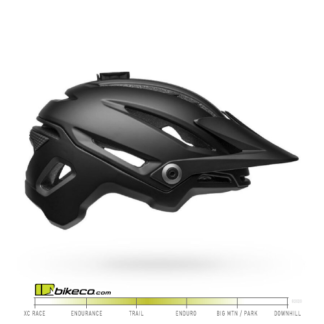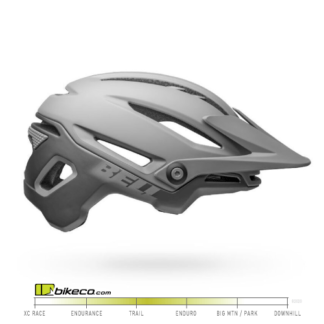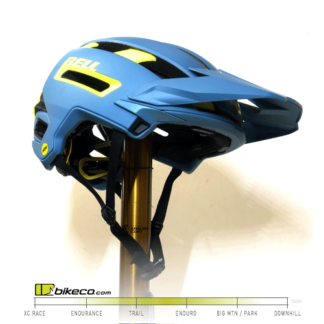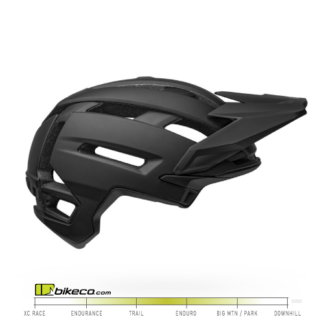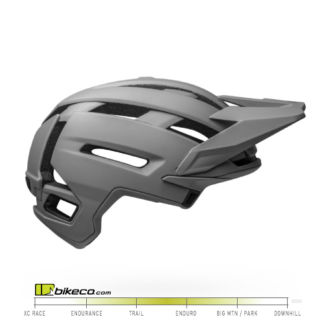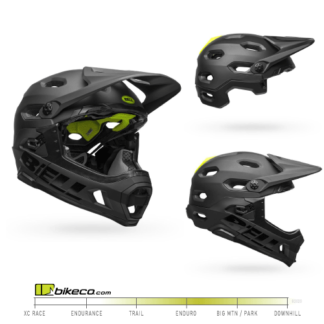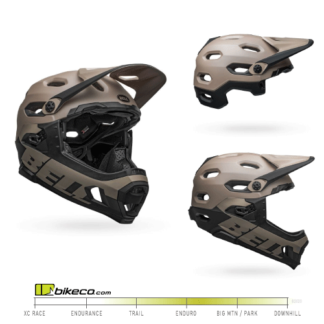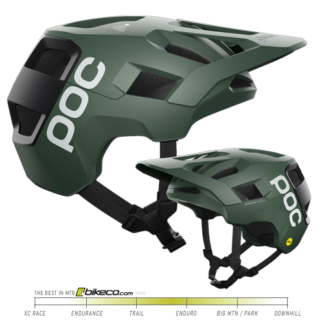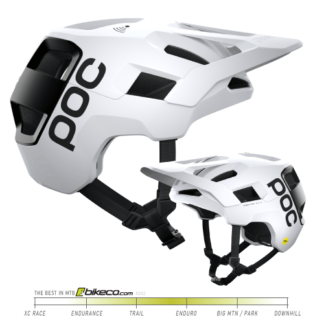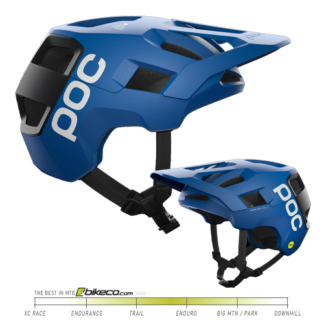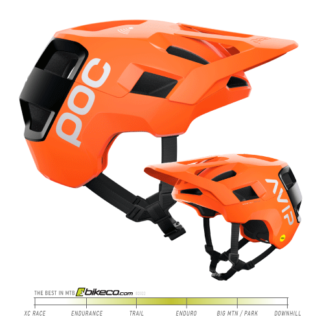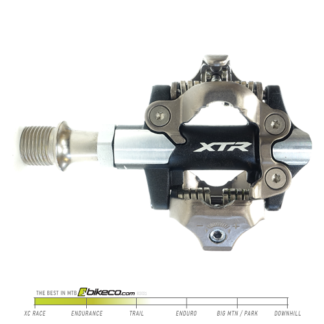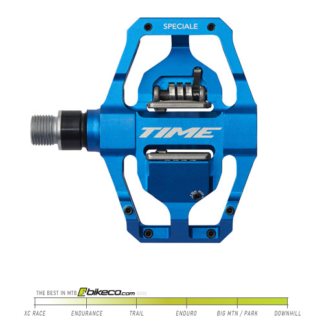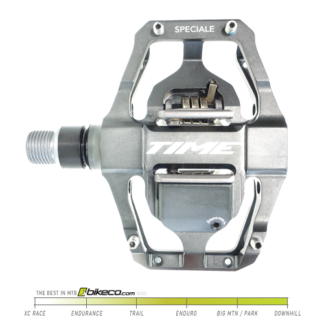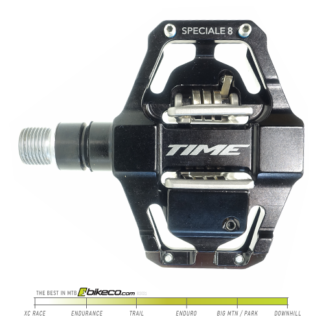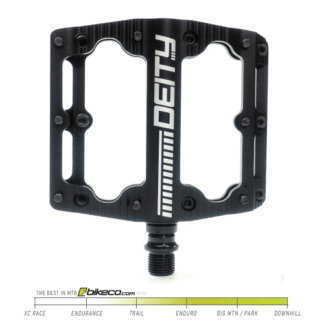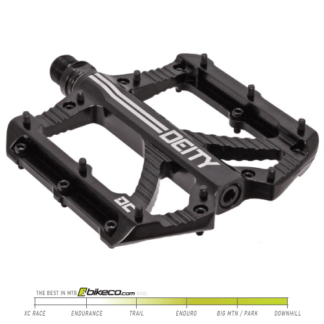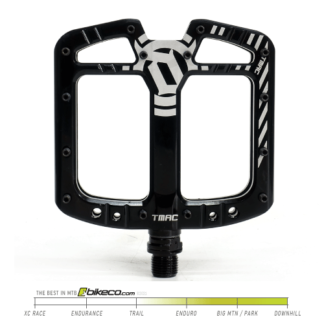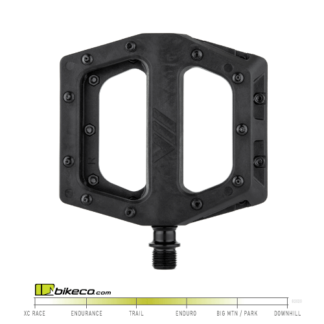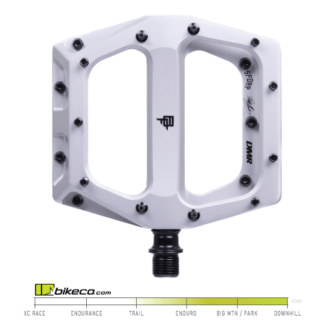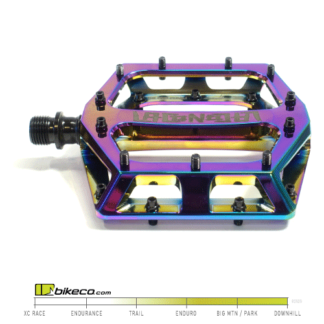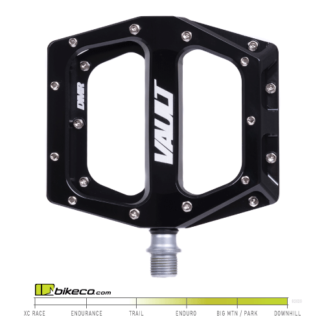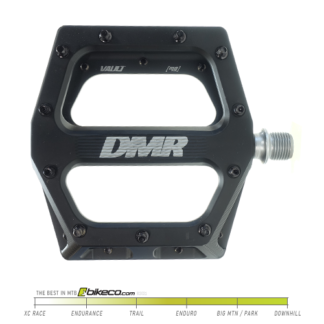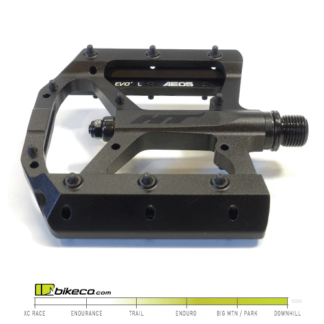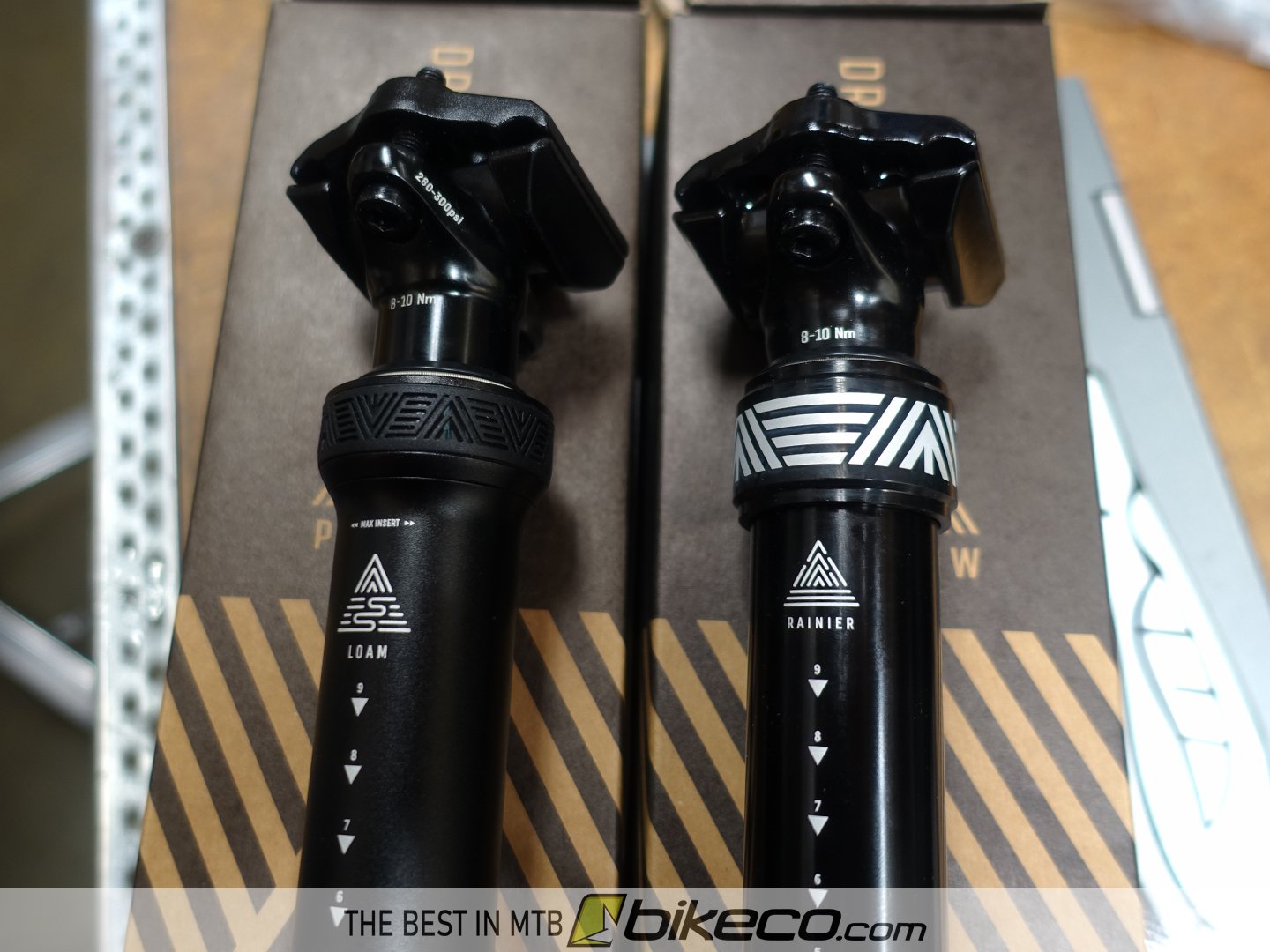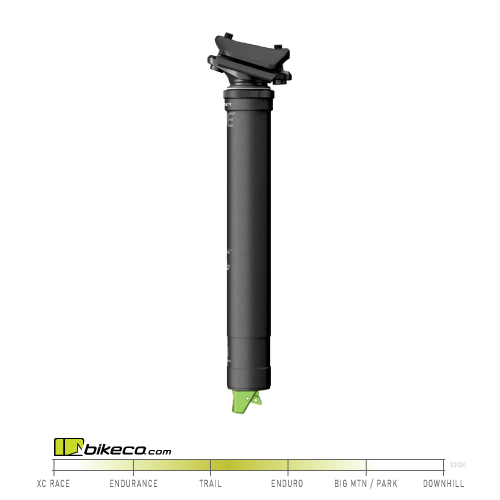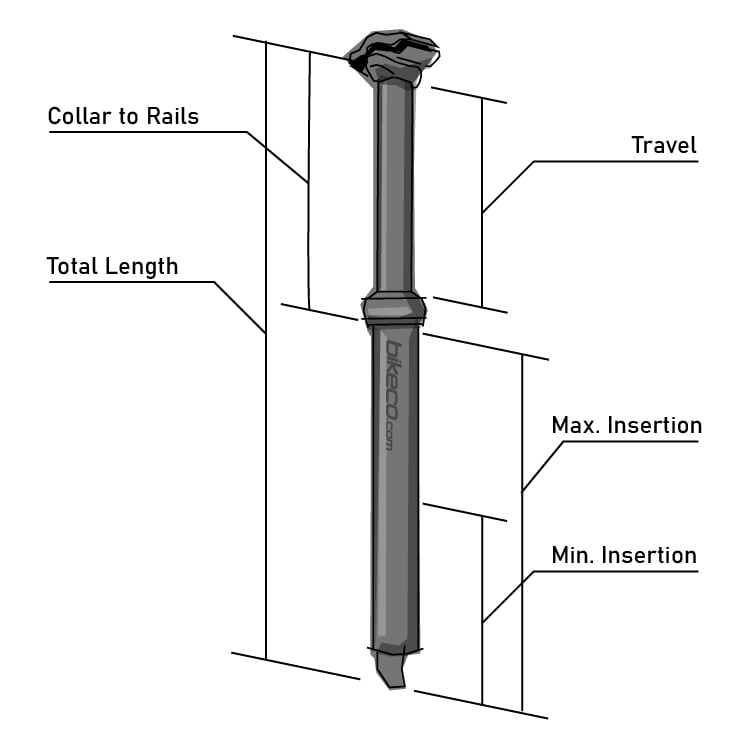
As your riding progresses your settings and preferences are going to change. Faster, more aggressive riding puts different demands on your equipment and balancing your setup with these changes will help you improve your riding experience. You’re likely to find you need additional support from the suspension. This is typically done with increased compression or ramp rate which can compromise some of your small bump compliance. Let’s take a quick look at other components and techniques that can add some of your small bump compliance back as you ride faster.
Faster tends to be smoother
Imagine a boat going slowly riding up a series of waves. Up each face and down the back. Then the next. It has a certain “rock” to it right? Well if that boat is able to increase the speed it can decrease the vertical motion of “rock” by not dipping all the way down into each trough. Like “whoops” in moto – skipping across the top decreases the vertical motion. Same with your mountain bike.
Now, should you just skip out of control across everything? Nope. But momentum is often your friend.

Why You Need More Support
How does your setup need to change with that speed?
Well you’re going to need more support. If you’re running soft suspension it’s going to do a couple negative things.
First, it’s going to tend to “pack” and stay deeper in the travel then it needs to be. This will actually create a harsher ride as the PSI has increased while still being too soft for the next concern.
Burying the bike… Really a bummer and frankly can be kinda dangerous especially if the fork is too soft and buries itself into a hole or the front side of a rock you’re trying to roll past. Front end stuffs, bike slows way down or stops, your momentum keeps going and you’re a lawn dart. No fun.
So as your ground speed increases its important to give yourself that additional suspension support. While you might adjust sag a few percent most of this support is going to be through low and high speed compression as well as volume spacing to increase the air ramp rate and support.

But, I Don’t Want A Bike That Chatters All The Time
No, you don’t want a bike that loses all of it’s small bump compliance.
And, sorry, but for just a second I’m getting on my soapbox: a lot of suspension talks about “small bump compliance” as the travel between full extension (you’re bike’s in the garage) and sag (with you sitting on it). This isn’t small bump compliance to me. This is droop. Sorry I’m a car guy and when the suspension goes away from me, or droops down – well that’s not what I consider absorbing a small bump. It’s falling away until the weight catches up. So, for this, Small Bump is referring to bumps that engage the suspension travel past the sag point in compression, ie you’re riding and hit a small bump and the suspension absorbs it…
OK, back to my point.
So you’ve had to make your suspension stiffer, or less compliant, in order to have it be able to “punch back” at the terrain without diving in and out of the travel. How do you keep your teeth from rattling out?
There’s a handful of places to look at that you can find small bump compliance outside of the suspension.
Rubber is a Damper
Many of the more “grippy” compounds actually are designed to incorporate additional damping. A lot of our racers will run the MaxxGrip front tire to get just even that bit more compliance since their suspension is so aggressive.
Tire sidewalls are playing a bigger and bigger role in fine tuning MTB riding compliance. Heavier sidewalls provide additional protection as well as damping through mass and material properties.
More aggressive sidewall technology provides additional mechanical support assisting the tire’s “air spring” to support your weight. This tends to allow riders to run a lower overall tire pressure providing better tire compliance and grip.
And yes, the air in your tire is a spring. And like your suspension it as it is compressed the pressures rise. The tire’s mass and sidewall properties effectively are the damper on this spring force. A heavier, stiffer sidewall is going to help slow the tire’s air spring better. This will help minimize harsh “run through” or even prevent or minimize rim strikes (which man, you can feel those in the hands!).
Another product that can help with compliance are CushCore tire inserts.
CushCore provide three unique modifications to a tires performance.
First, it’s a mechanical damper for the last bit of tire compression prior to the rim. Think of a jounce bumper in a shock: it’s a compressible item designed to absorb impact prior to it hitting a less compressible, and certainly less ideally compressible rim…
Second it works as a volume spacer in your tire. Similar to suspension adding volume spacers allows a lower starting PSI to more quickly ramp up to the proper supporting PSI.
Third and perhaps most notable and at the same time kind of the hardest to describe is how the CushCore’s contact point lowers the sidewalls leverage ratio in many conditions. That’s to say that by putting pressure on the sidewall, or maybe support is the better term, it shortens the available length of the sidewall which allows takes away some of the mechanical advantage the ground can apply to it. Think of waving a ruler holding onto the far edge, then holding in the middle. Lowering the leverage makes a big difference right?
Learn more about Maxxis tire compounds, sidewalls and tread patterns here

Top to Bottom: Magura MT7 HC, Magura MT7 and Magura MT5 brake levers. Shop the Magura and Shimano brake lineup here.
Brakes, Braking and Slow is Fast
Stay with me on this one, it’ll make sense. Bigger brakes will help your small bump compliance. Well, bigger, more powerful brakes and a bit of technique.
You’ve probably seen it on trail – the rider heading into a chunky section who gets timid, grabs a handful of brakes, stuffs the suspension 1/3 down into the travel and then is, at best, jostled horribly across the terrain trying to regain control? So two things wrong there.
One, momentum is your friend like we mentioned earlier.
Two, especially with your fork, grabbing a bunch of brake OR staying on the brakes too late just stuffs the bike into it’s suspension. Instead of hitting the chunk at sag with say 80% of the travel left (and at the sag PSI) you’ve gone in at like half travel, cutting down both the amount of travel you have left as well as making the bike way more harsh as it enters chunk. No good!
Sort of like how when you corner there’s a point you need to be off the brakes and let the bike roll in (ya, you can trail brake to a point – but you’re not like smashing brakes while trail braking or braking through the corner) anyhow, so you ideally have a point that you need to get off the brakes and let the bike reset its rake and sag before you go blasting through chunk.
This allows you to take advantage of the more plush suspension further in the fork’s extension, have more travel left to absorb the terrain as well as resetting the headtube angle, and therefor trail measurements as well. All good stuff.
Handlebars, Grips, Gloves and Hands
So frankly, the two tips above are going to provide you the biggest jumps in small bump compliance as you up your compression settings. There are a few places that you can get a bit more feel, and every little bit does help.
Handlebars
Carbon fiber has a unique balance of stiffness while being able to slightly damp vibration input. Really that’s the beauty of carbon bars. Being a bit lighter is great too, particularly high up on a bike where center of gravity makes a big difference, but the real draw is the feel.

Carbon also can be manufactured in a variety of shapes that would be really difficult in other materials. This allows two advantages. Weight saving and performance tuning. Removing material where it’s not needed such as the Tag T1 Carbon Bar with ovalized bar ends is an example of both.
The bar that probably takes the most advantage of this is the OneUp Components Carbon Handlebar. With it’s unique shape the OneUp bar is designed to improve small bump compliance by eliminating off-axis material in the rise transition.
Handlebar Width = Leverage Rate
Handlebar width is important to how your bike rides.
Obviously you need your hands in a comfortable position that allows you a power position to push the bar into corners and pull the bars over terrain. We’ve touched on that in other blogs over the years.
In regards of small bump compliance you’re looking at the leverage ratio of your bar’s design as well as your final bar width. As you narrow your bar you decrease the leverage ration which increases the bar’s stiffness.
We’ve actually seen handlebar manufacturers try to push a “one size fits all” on some stiffer bars because if you lower the leverage ratio they become like teeth rattling stiff. We don’t all need to run 800mm bars. (at 6’1” I run 785 as a point of reference)
If you’re trimming bars it’s worth a look how stiff the bars start out. If you’re trimming towards the minimum cut widths it might be worth looking at a less stiff bar to start.
Shop our favorite handlebars here!
Grips
Some riders are big fans of the grips with a slight rotation designed into them. We setup some clients on those if they want them – but – we don’t really ride those in the shop.
Personally, I don’t like the idea of the grip rotating and taking away some of the feel when I really clamp down on the handlebars. There’s also a part of me that doesn’t particularly like having more moving bits than needed on my setup.
Gripping
Now I’m not saying you death grip the bar. Far from it. Letting the bar slightly rattle in your hands helps minimize trail feedback. In fact one of the tips from my younger brother years ago on really long descents like San Juan Trail he would pick his spots and push his thumb into his middle finger and literally let the bar bounce in those circles. I never wrapped my head around that really – but he was doing 50 and 100 mile races and keeping your body feeling good was critical.
While we’re on how you grip the bar, it won’t change small bump compliance, but if your brakes or controls are out of position and require you to rock your hands “up” or “down” the trail feedback is much more likely to cause pain when you ride.
Similarly if you ride in gloves that are too big and “bunch” up in your grip position you can expect discomfort in your hands.
Gloves with large contact pads tend to create hand discomfort. Rather than minimizing trail feedback the extra movement thick contact pads either creates hot spots or perhaps has riders gripping a bit too much.
Wrapping It Up
Ok. Eighteen hundred words. That’s a bunch right? So to wrap it up in a quick paragraph:
Increase your compression and ramp as you ride faster to aid support at speed. Remember momentum is often your friend. Don’t slam on a handful of brakes into the terrain features and pack the suspension up. Run tires with appropriate support. Hold on right, not necessarily always tight. Should I have started with all of that and saved you the read? Hahaha… See you on the trails – Nate@BikeCo.com


